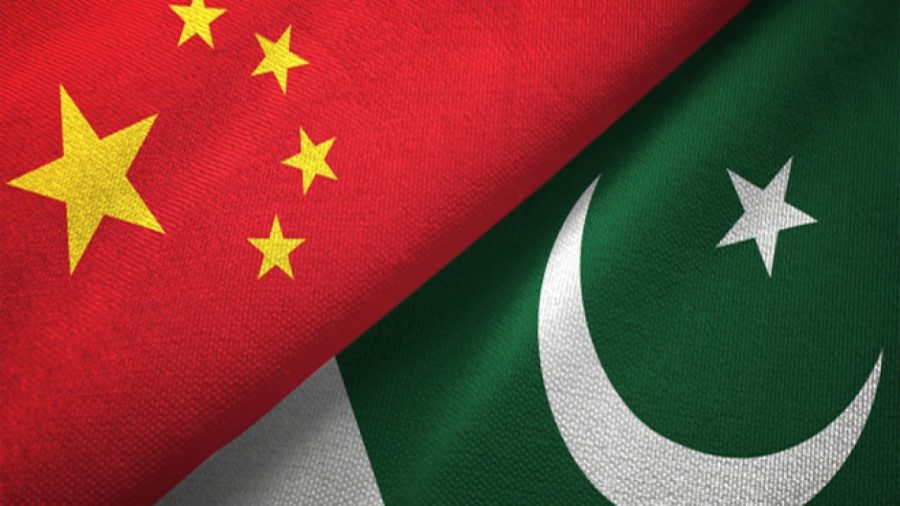China and Pakistan are both major producers and exporters of textiles and surely there is a degree of competition between both countries.
However, the different stages of industrial development between the two countries also create broad space for closer cooperation, noted Zhang Xian, Vice President of China Chamber of Commerce for Import and Export of Textiles (CCCT), reported China Economic Net (CEN).
Pakistan is one of the world’s leading cotton producers, ranking among the top five in terms of yield, with cotton textile products accounting for 40 percent of its exports.
Talking about competition, “Pakistan’s cotton industry has obvious edges. Compared with China, Pakistan’s home textiles and garment products have certain competitive advantages in the European Union and the United States,” Zhang told CEN.
In terms of bilateral cooperation and exchange, ‘Pakistan and China are perfect partners and there’s a lot that can be done,” remarked Zhang.
According to Pakistani customs statistics, Pakistan’s imports of textiles and apparel from China accounts for 62 percent of its total imports, which makes China its largest source of textile and garment imports.










